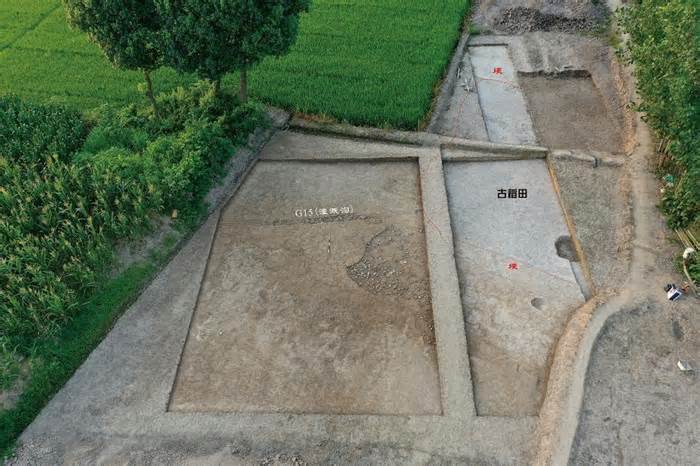
CHANGSHA, Dec. 11 (Xinhua) — Remains of rice fields dating back more than 8,000 years have been discovered in central China’s Hunan Province, according to the provincial institute of archaeological and cultural relics studies.
The remains were discovered at the Lijiagang relic site in Lixian county, Changde city, during archaeological excavations at the site in 2024. The remains, which belong to the Pengtoushan culture period, a key Neolithic culture, would be the first remains of rice fields. discovered so far in the middle reaches of the Yangtze River.
The researchers said the new discovery provides new archaeological evidence on the origin of rice cultivation and early rice cultivation behaviors in the middle and lower reaches of the Yangtze River.
The Lijiagang relics site was discovered in 1984. From 2023 to 2024, the provincial cultural relics and archaeology research institute conducted archaeological excavations at the site. In 2024, archaeologists cleared various types of life and production relics, including two ancient rice-paddy fields, trenches, house sites, pits, ditches, tombs, and unearthed pottery and stone tools.
Among the remains of the rice box, a narrow, shallow ditch connecting the box was discovered, which is believed to be an irrigation ditch. He also discovered that the north of the rice box has a transparent symbiotic dating with the trench, which is believed to play a role in water diversion.
“The fields and ditches obviously show that ancient rice production had been maturely controlled, offering new archaeological evidence of the morphological characteristics of early rice fields,” said Li Yiyuan, a researcher at the institute.
